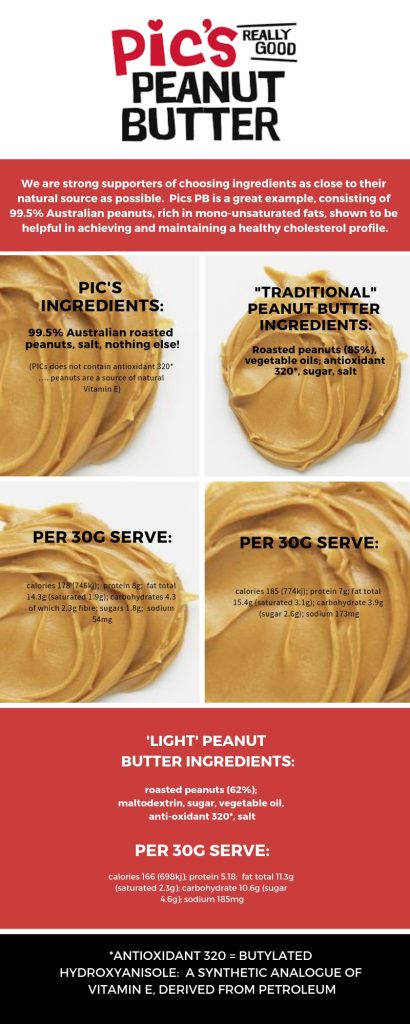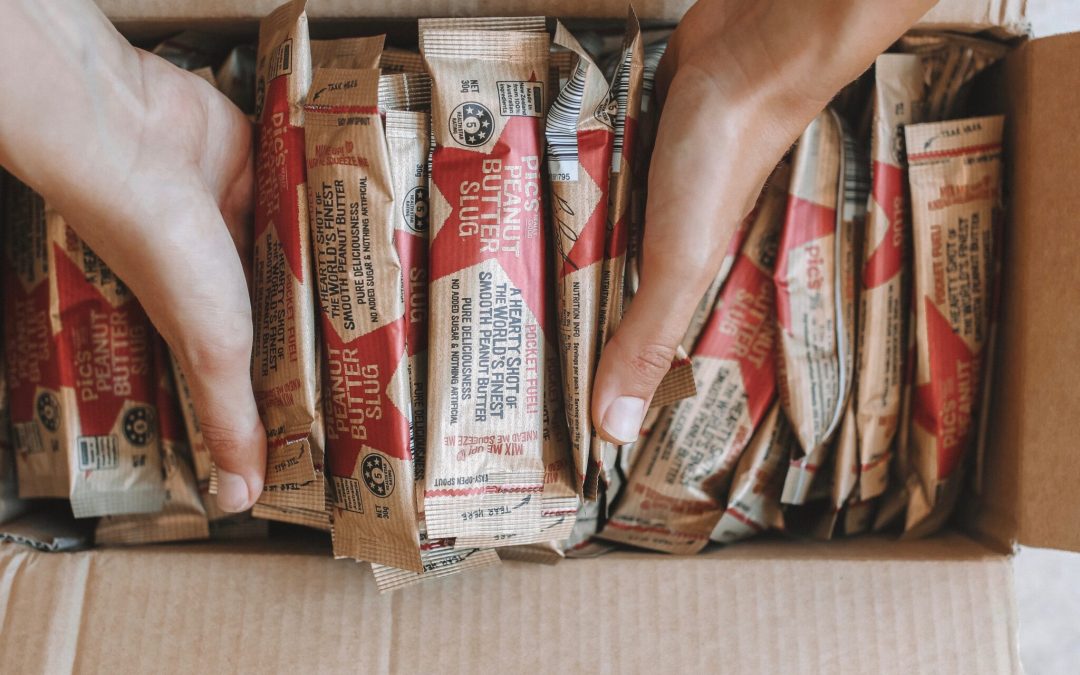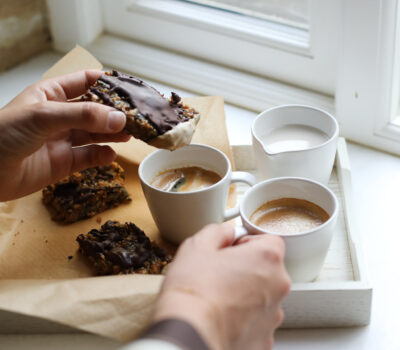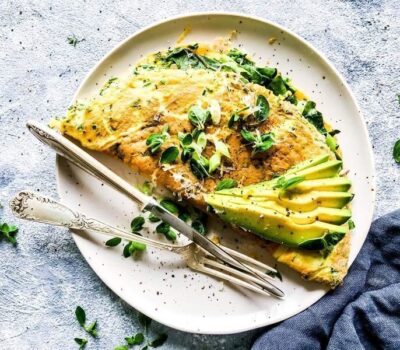Debunking the packaged snacks deemed as healthy when all you need is good real food.
With so many snack foods out there marketed as ‘healthy’ that in reality are loaded with sugar, artificial additives and preservatives, it can be difficult to know how to make the best choice for your body. What does a healthy snack look like? What are key things to look out for when choosing products off the supermarket shelves?
We have long been advocates of eating whole foods, that is, foods that are as close to their natural source as possible, with little to no processing. This is the best way to maximise nutrients and minimise potentially harmful additives, such as preservatives, sugars and fillers. Pic’s Peanut Butter is a great example, consisting of just 2 ingredients: 99.5% Australian peanuts, rich in mono-unsaturated fats, shown to be helpful in achieving and maintaining a healthy cholesterol profile, and sea salt.
What to look for when choosing healthy snacks:
It is the quality of the macronutrients as well as density and range of micronutrients that is of paramount importance, and not easily discernible on a nutritional panel. It is always a good idea to look at the ingredient list on packaged ‘health’ snacks to help inform how healthy it really is. Ingredients are listed in order of quantity, so in the case of Pics, you would simply see peanuts and a touch of salt. This is not the case for numerous other peanut butter brands on the market, especially those marketed as ‘light’.
When trying to be more conscious of the food we are consuming, we can easily make the mistake of thinking purchasing a “low calorie”, “low fat” or “light” labelled product will be a better choice. These features are generally highly visible and marketed as healthy. However, when we take a closer look, this is rarely the case. The less healthy aspects are not so visible.
To begin with, if a product contains natural fats, such as peanut butter, the lower fat or ‘light’ varieties means that there are less actual peanuts and more fillers such as maltodextrin and sugar. Maltodextrin is a synthetic and highly processed carbohydrate, derived from either corn (which may be genetically modified), rice, potato or wheat. It is very high on the glycaemic index (higher than sugar), meaning it may interfere with blood sugar regulation. Maltodextrin is also implicated in intestinal microbiome (gut flora) disturbances. This leads to a dysregulation in anti-microbial responses and may increase risk of inflammatory bowel disease, according to some research. Given that light varieties use less actual peanuts, it is results in a decrease in protein content.
You can see a clear breakdown of how Pic’s Peanut Butter differs from more conventional peanut butter brands in the infographic below. This comparison looks at both regular and ‘light’ versions, including calories, protein, sugar, fat and more.

More about Pic’s:
Pic’s Peanut Butter contains only Australian, Hi Oleic peanuts (95.5%) and salt. Nothing else. No added sugar, maltodextrin or additive 320, which is a synthetic analogue of Vitamin E used as an anti-oxidant. Having the new convenient ‘Slug’ portions of Pic’s Peanut Butter makes it even easier to pack a tasty, wholefood snack, along with seed crackers, celery/carrot sticks, banana or apple slices. Read our blog post about our favourite ways to enjoy Pic’s PB as a snack here.







